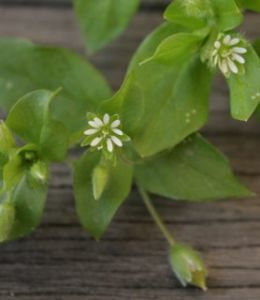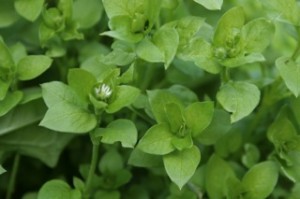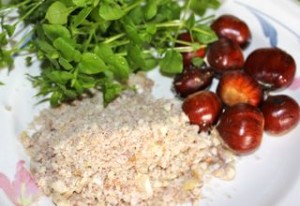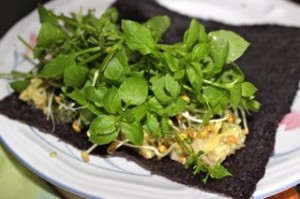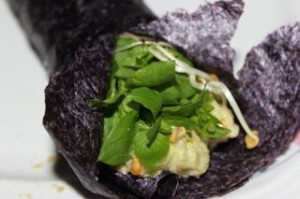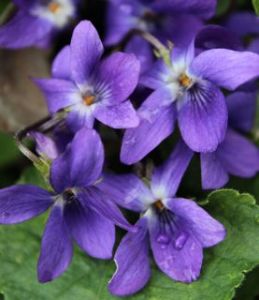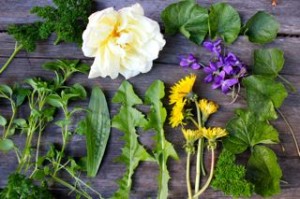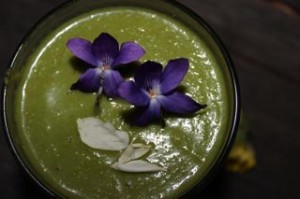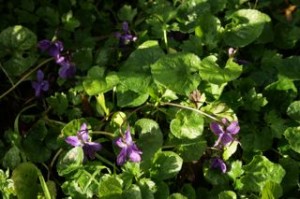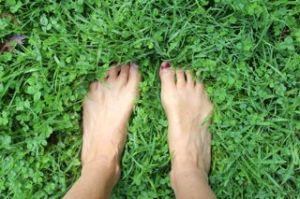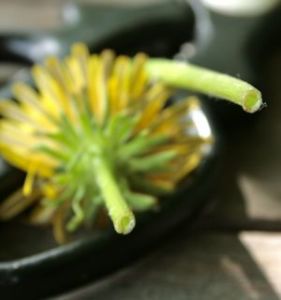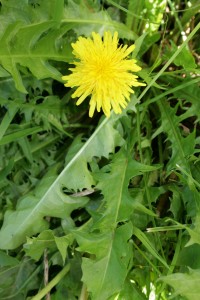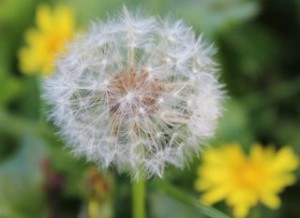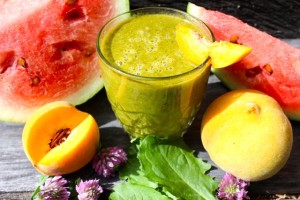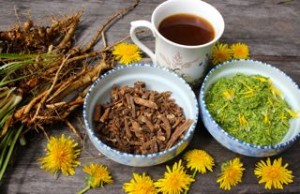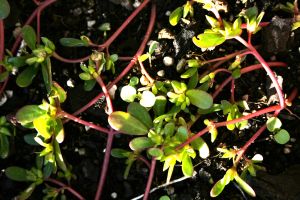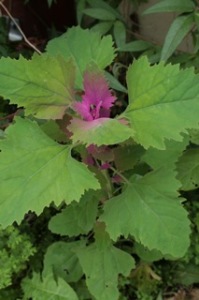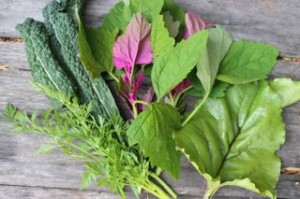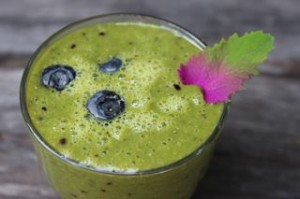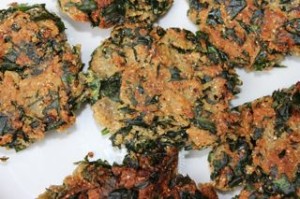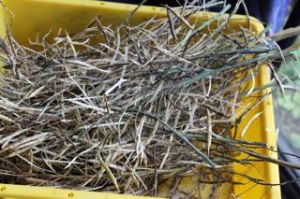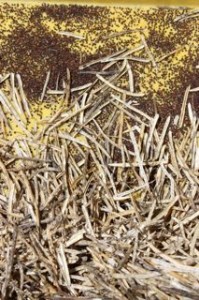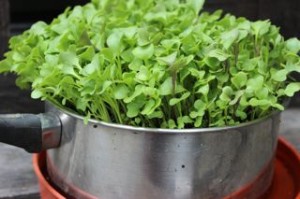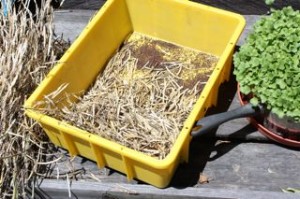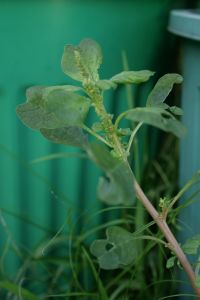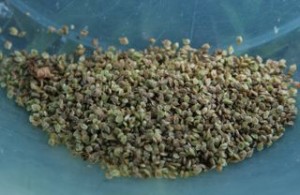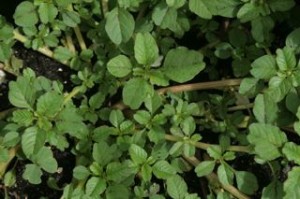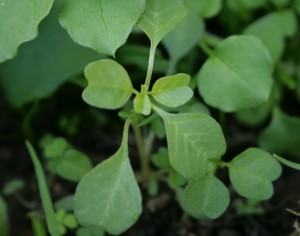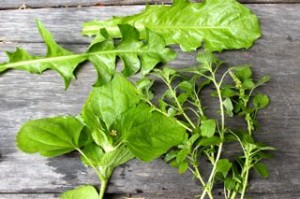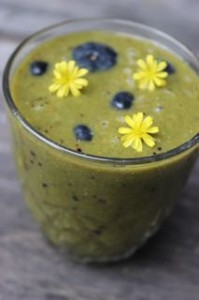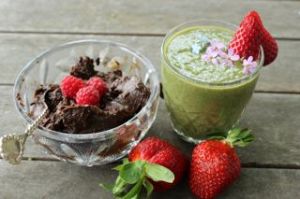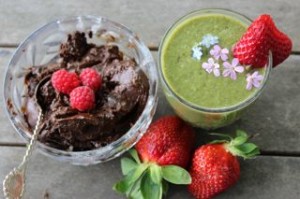Chickweed – stellaria media is a delightful plant and my favourite edible weed, growing lushly in the colder months. It is one of the most common weeds, growing all over the world in gardens, cultivated land and waste places. It is an annual preferring cooler, rich, moist conditions and doesn’t survive dry summers. It’s Latin name ‘Stellaria’ comes from it’s little white flowers that have five deeply divided petals that resemble a star. The leaves are light green, soft, in opposite pairs, oval with pointed tips. The lower leaves are stalked, the upper often larger and without stalks. The leaves are tender to eat, non bitter and good in salads. The stems are thin, weak, round, branched and easily broken. An easy way to identify chickweed is to break the stem and inside you’ll find an inner thread which if you pull it gently stretches – it has its own inner rubber band is what I tell people in workshops. Another peculiarity of chickweed is that the stems have a single row of hairs – have a close look it is quite special. The plant likes to sprawl and can form quite a thick mass making it easy to cut a big handful for putting in your smoothie or for making pesto or a wrap as in the recipe below.
Nutritional properties Chickweed contains mucilage and saponins which assist in the absorption of nutrients, especially minerals. It contains lots of minerals and is a rich source of calcium, as well as chlorophyll, carotenes needed by the liver to produce Vitamin A, Vitamin C, folic acid, essential fatty acids and protein. Chickweed is a nourishing, calming and strengthening food and is used to relieve fevers, infections e.g. bronchitis, sore throats and inflammations, and can help ease the pain of arthritic swollen joints. Growing in cool places gives us good clues as to how it can help us and sure enough it is used externally for abscesses, bites, cuts, dermatitis, eczema and psoriasis. All these wonderful qualities make it an excellent edible weed to include in your smoothie or salad or to eat.
Recipe for Chickweed in Wraps 
We had a power cut the other morning so I couldn’t make my usual smoothie. Instead I made two wraps using two nori sheets, chestnut flour, avocado, fenugreek sprouts, a little salt and a bunch of chickweed. Chestnuts Castanea sativa are from a large deciduous tree and fall in autumn. Unlike other nuts chestnuts (on the right in the photo) are low in calories, contain less fat, but are rich in minerals, vitamins and phyto-nutrients. They are made up of
starch and are gluten free! To prepare the chestnuts boil them in water for ten minutes, drain them, let them cool a bit, then cut them in half and scoop out the flour. To get it fine put in a food processor. I had a heaped half cup of chestnut flour and added 1/2 an avocado, mashed the two together, added some salt, lay it on the nori seaweed sheet, added some fenugreek sprouts and the bunch of chickweed, rolled it up and had a quickly prepared, nutritious, yummee breakfast.
